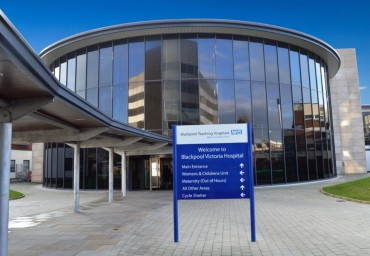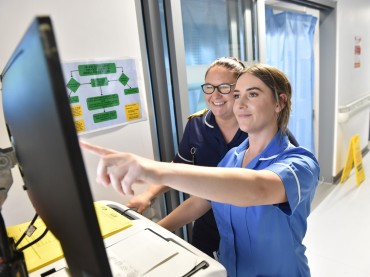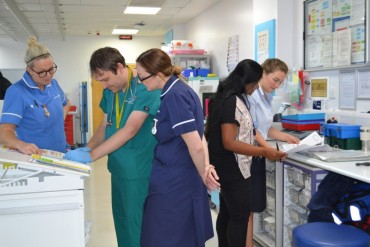Overview
You have been referred into Infertility services as you have been trying to conceive for 12 months or more without success having sexual intercourse 2-3 times a week, or you have had 6 cycles of artificial insemination (with partner or donor sperm).
To fulfil criteria for a referral to IVF/IUI whereby all investigations have been carried out in section 1.3.2 of the Blackpool CCG and the NHS Fylde and Wyre CCG Infertility policy.
The person has failed to conceive after 2 years of regular sexual intercourse 2-3 times per week or 12 cycles of self-funded artificial insemination has been attempted, 6 of which are by intrauterine insemination undertaken at a Human Fertilisation and Embryology Authority (HFEA) registered clinic.
We treat you here at Blackpool as a couple. Therefore, it would be advantageous if you both attended appointments. This also allows you to support each other through this difficult time.
For those who are seeking sperm or egg donation. It is advisable that you also bring someone to the appointment.
We strive to get you seen in a timely manner. However, this process requires diligence as there are lots of tests and investigations. Please be prepared for this and explain to your employers that you will require some time off at the initial stages to allow you to attend for investigations.
We are aware this PDF might not be accessible to all users. Read our accessibility statement to learn more.



